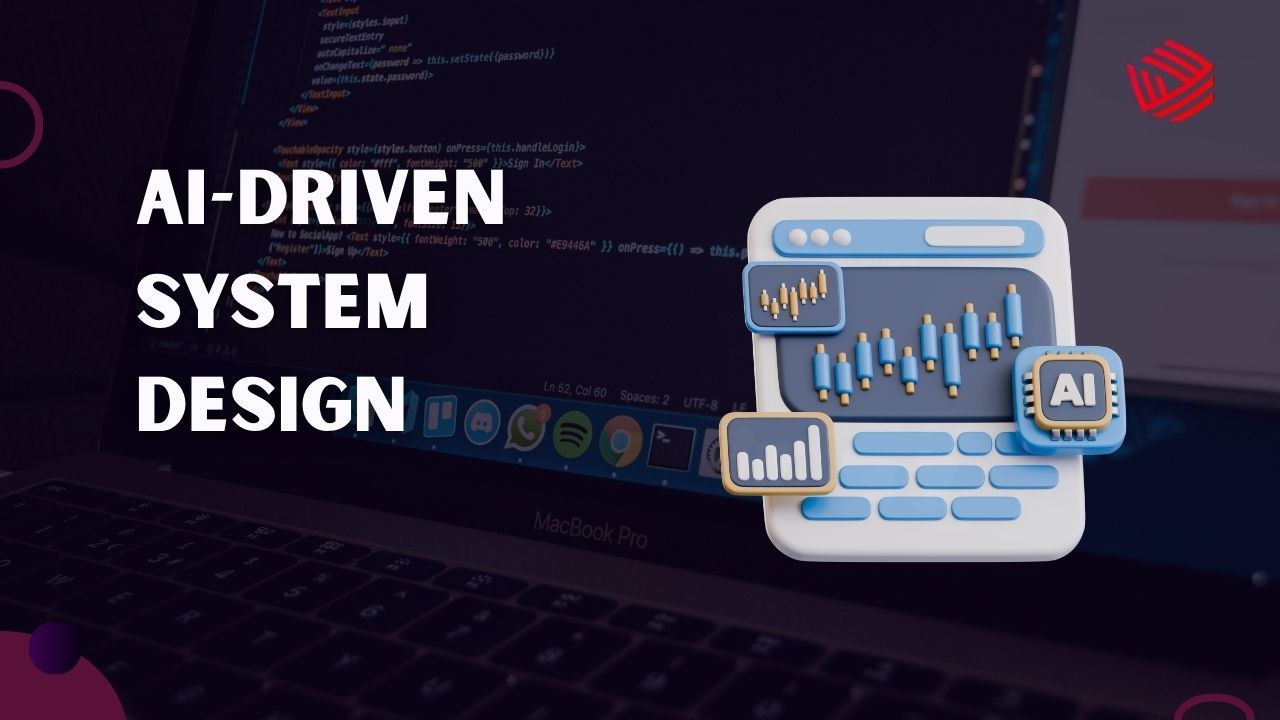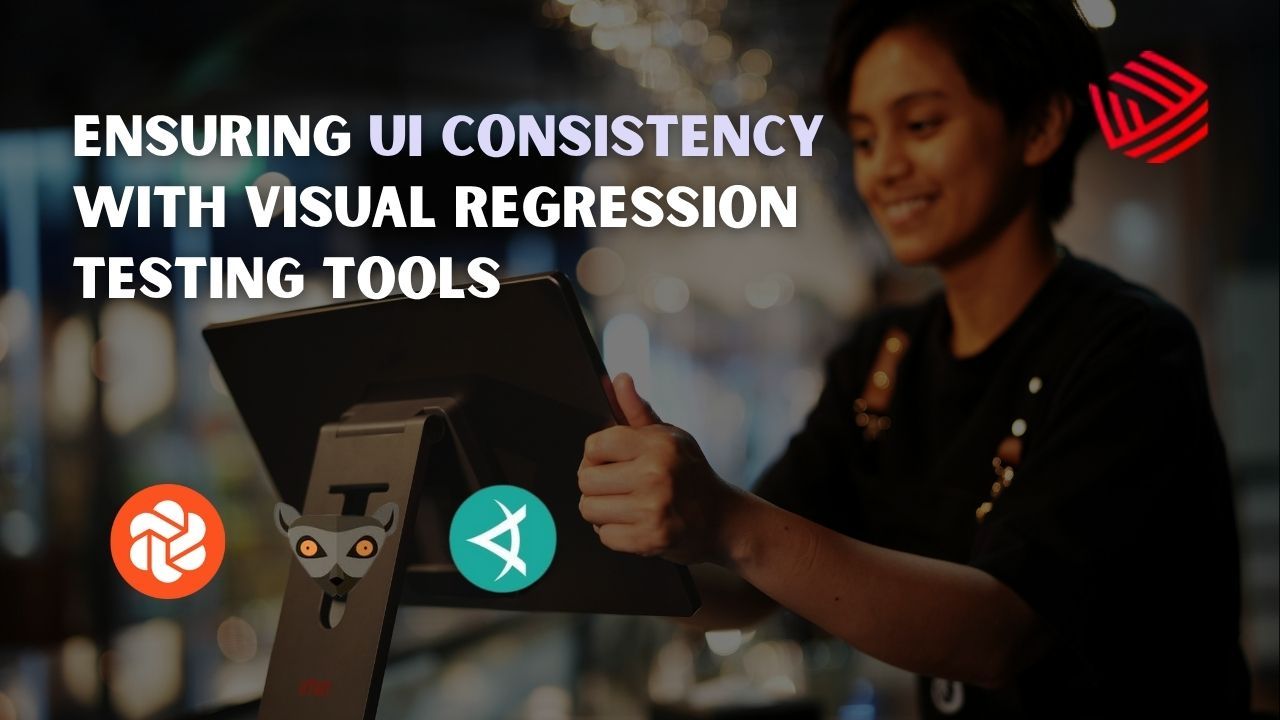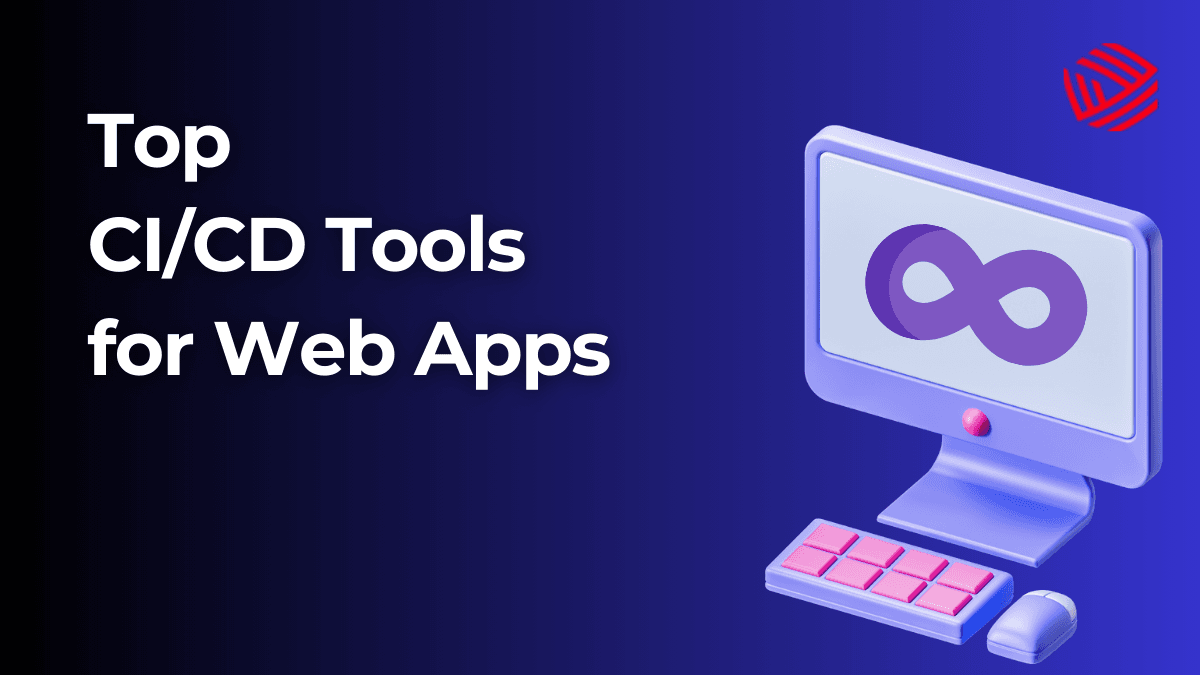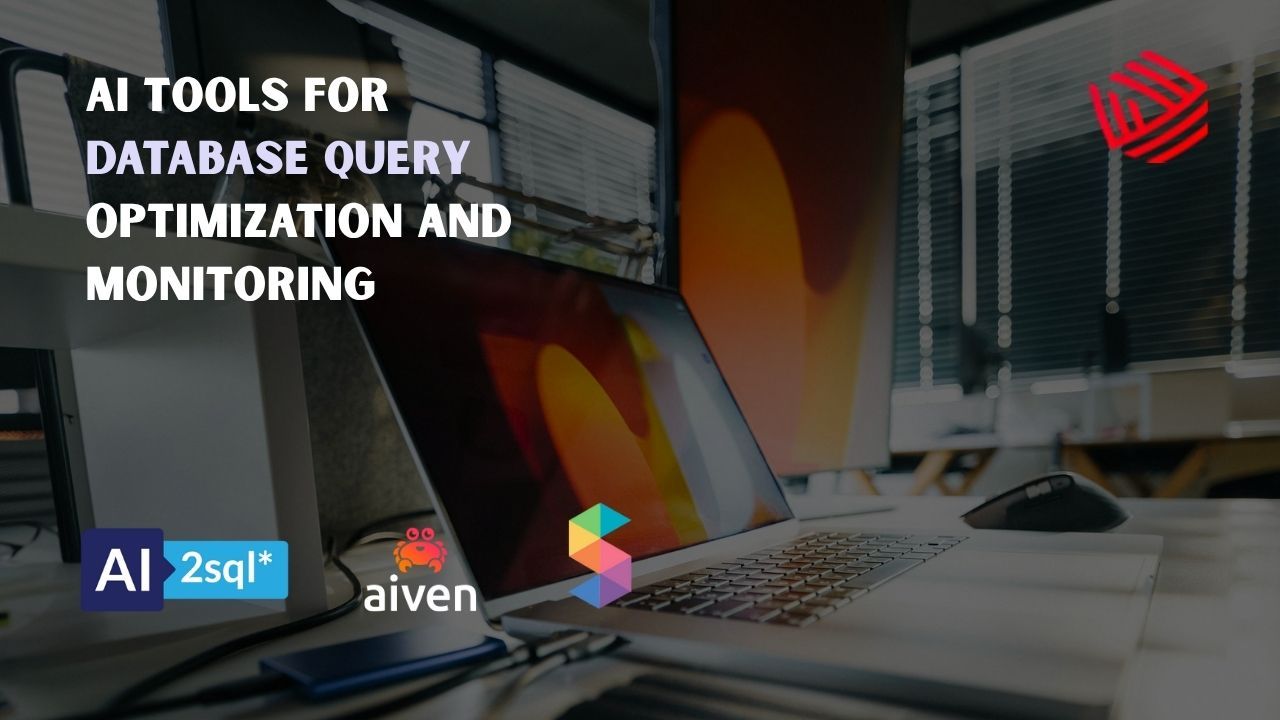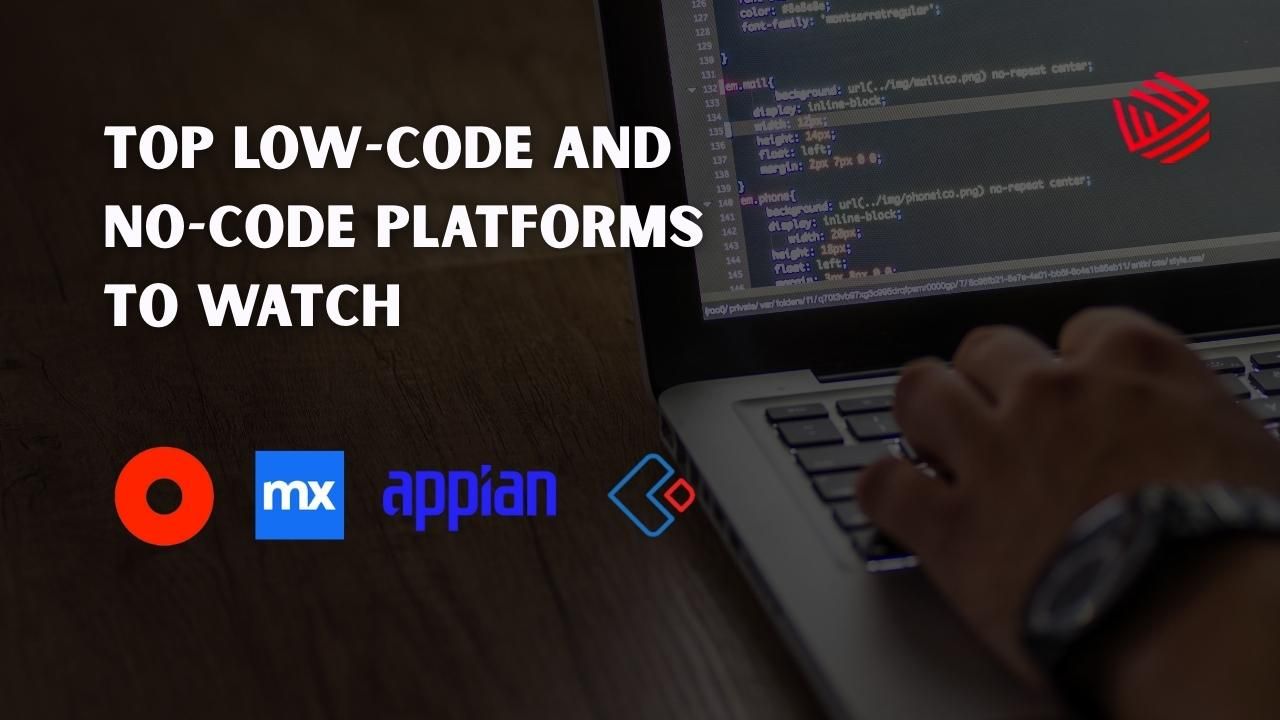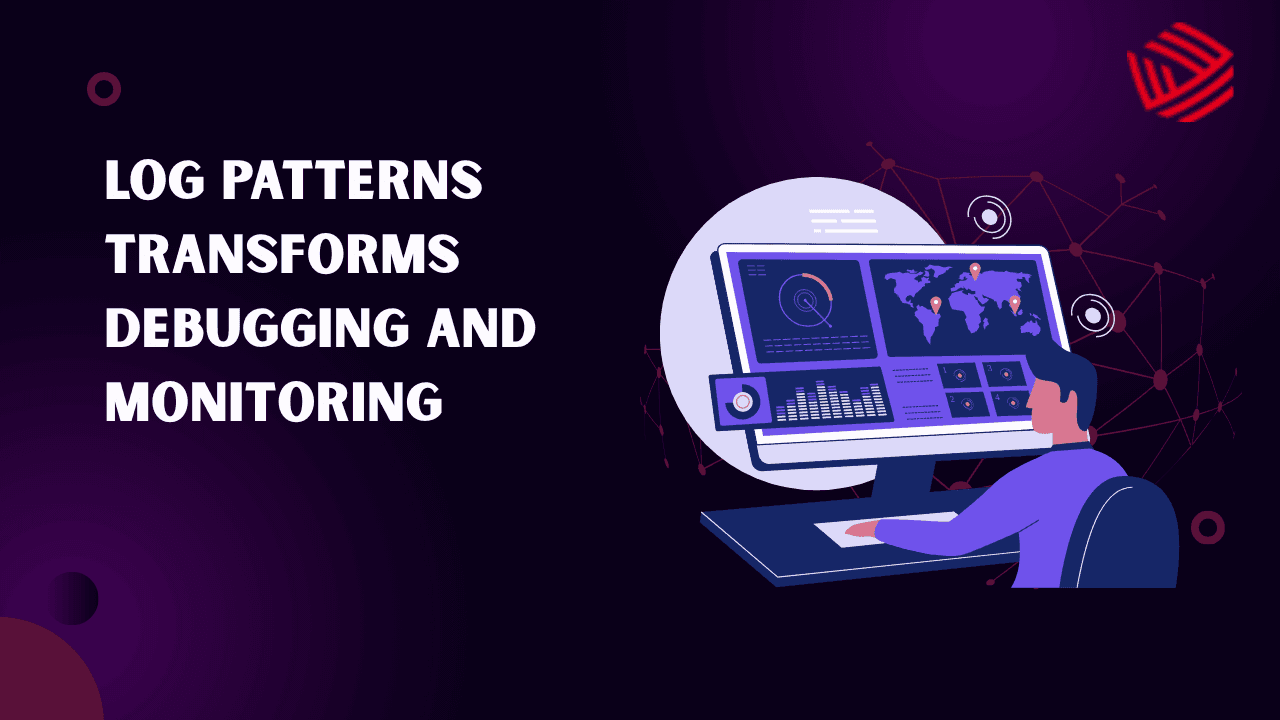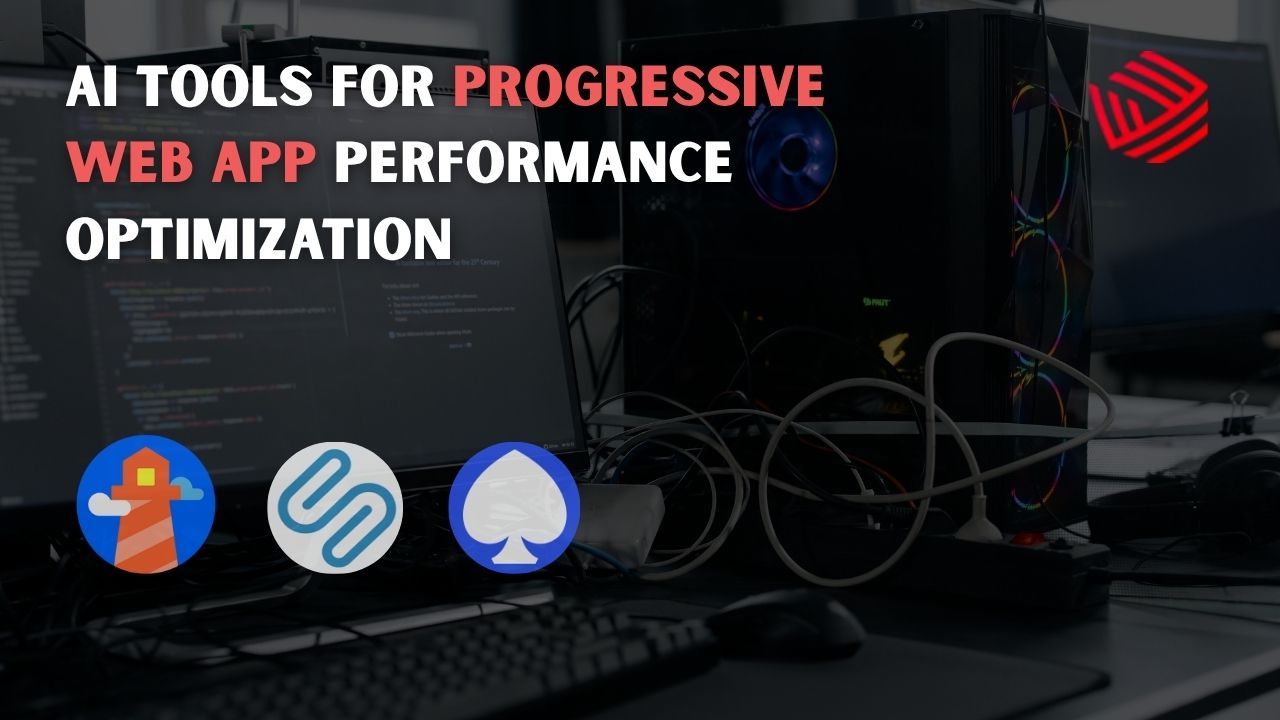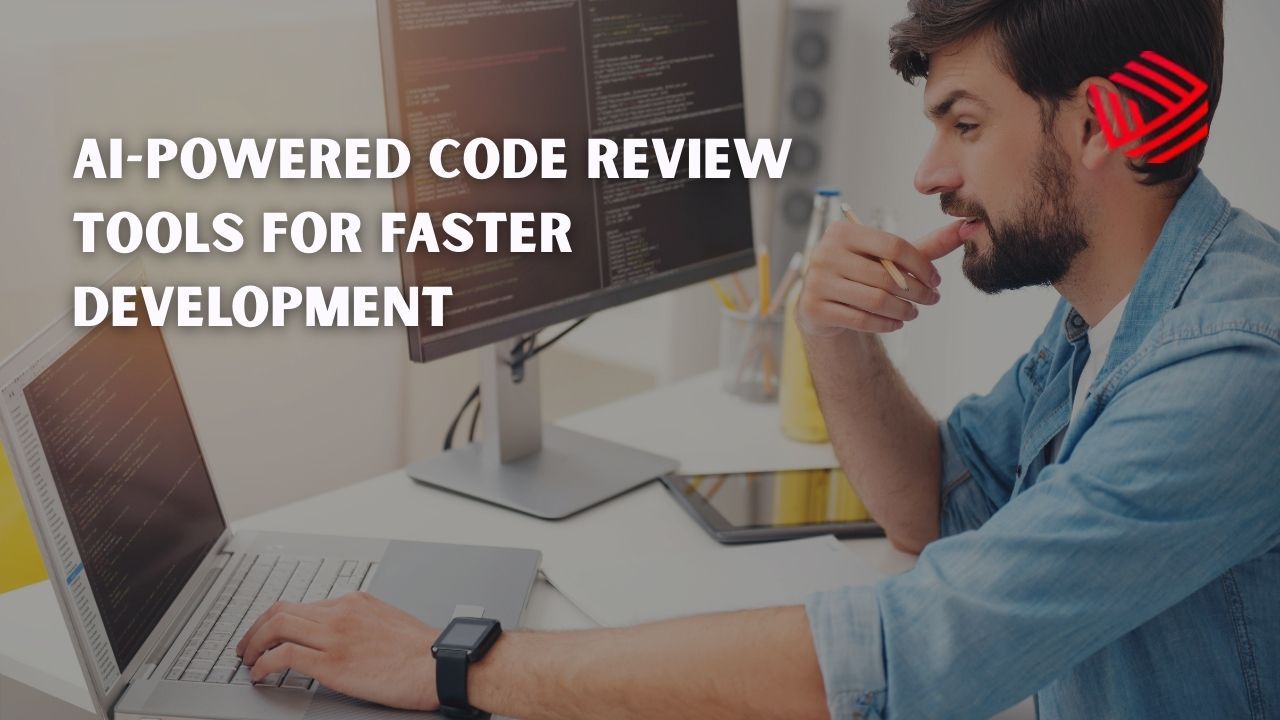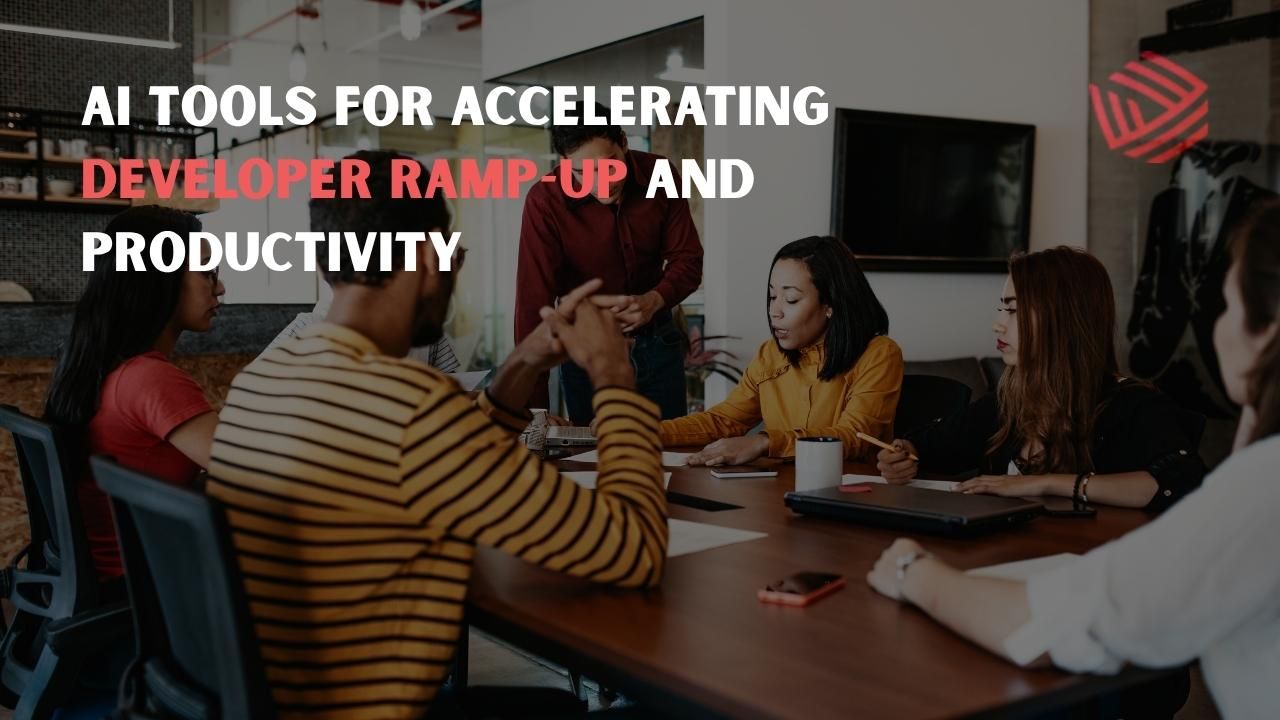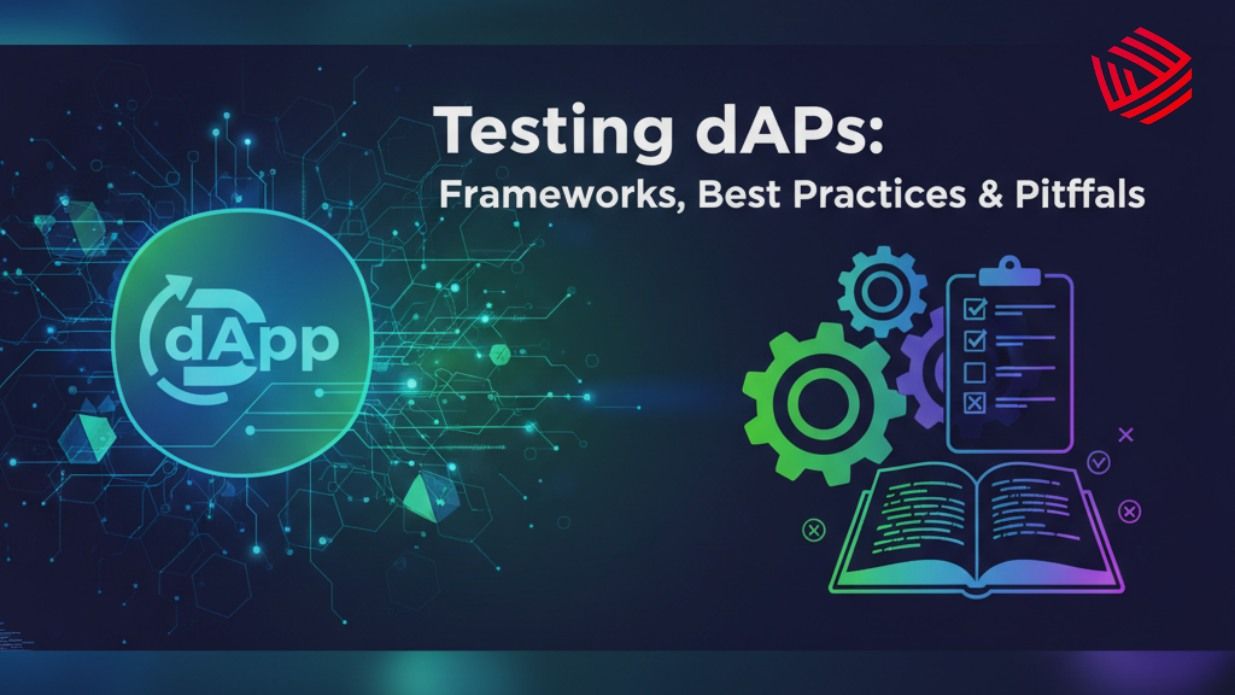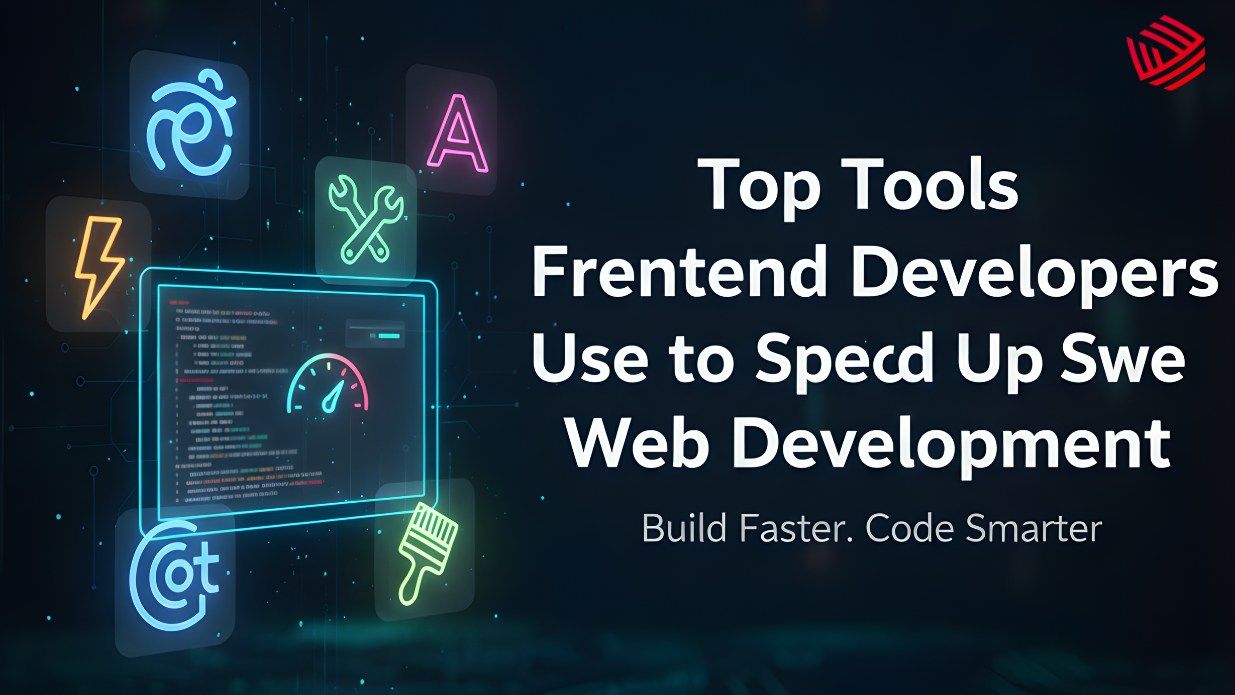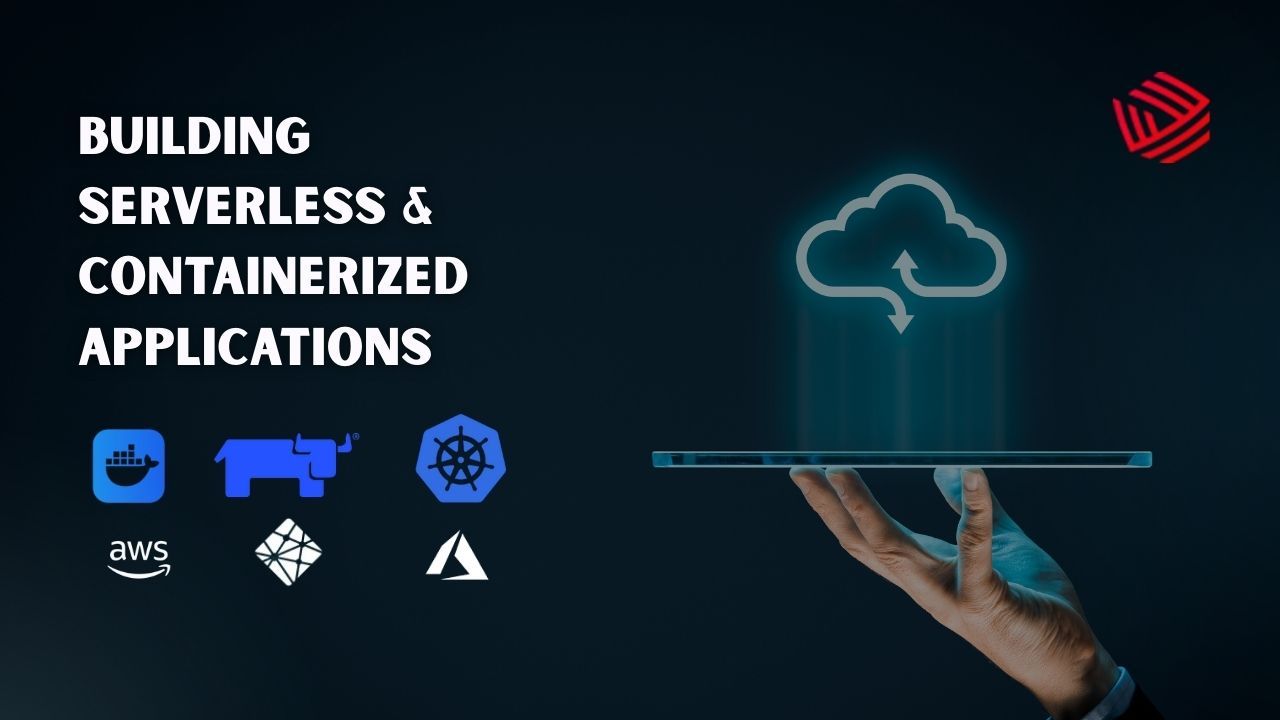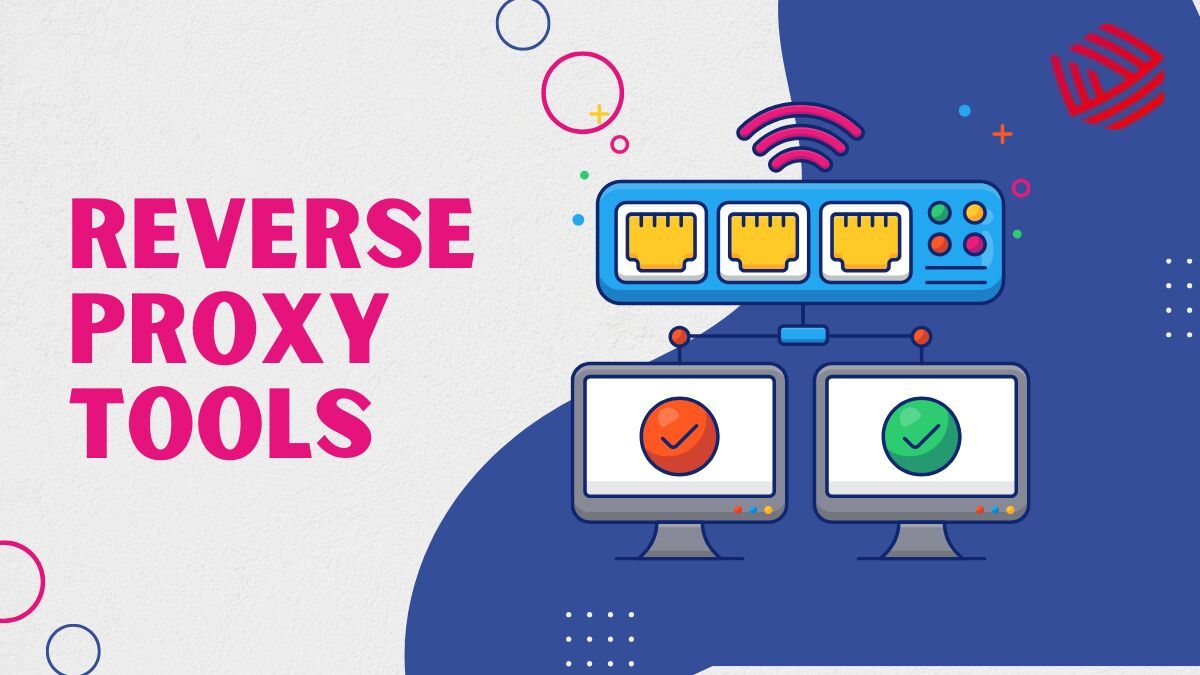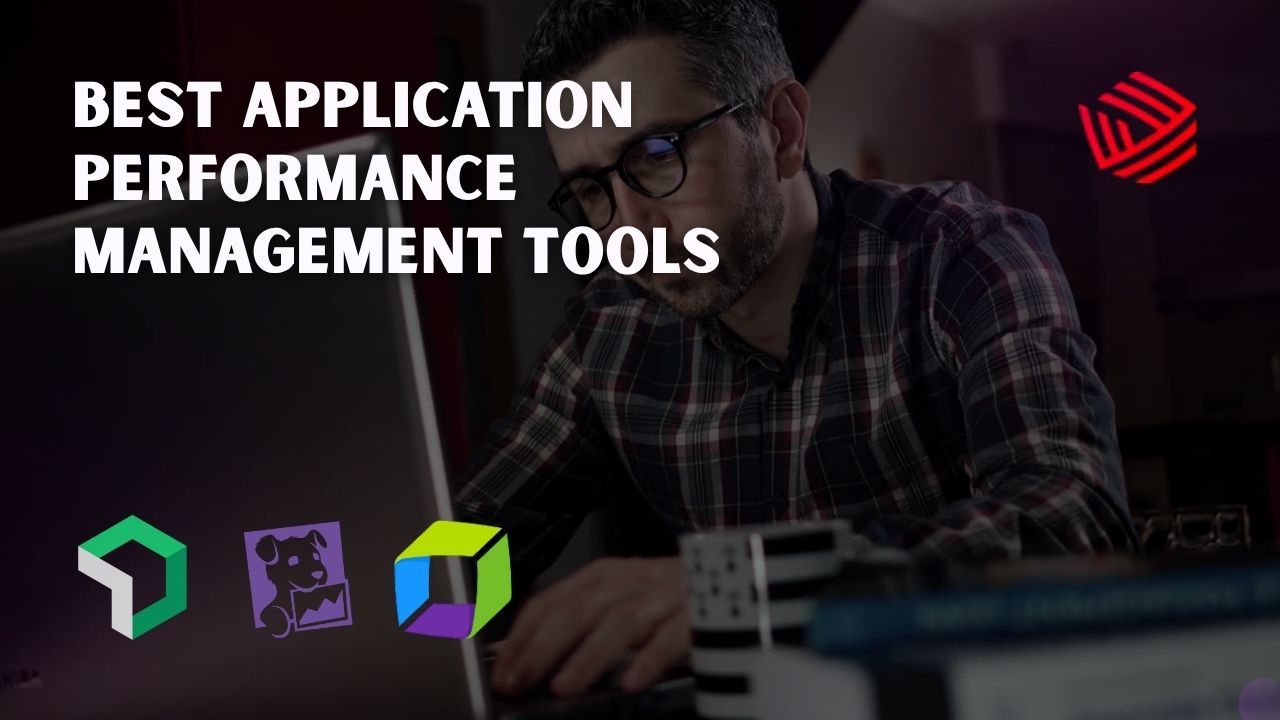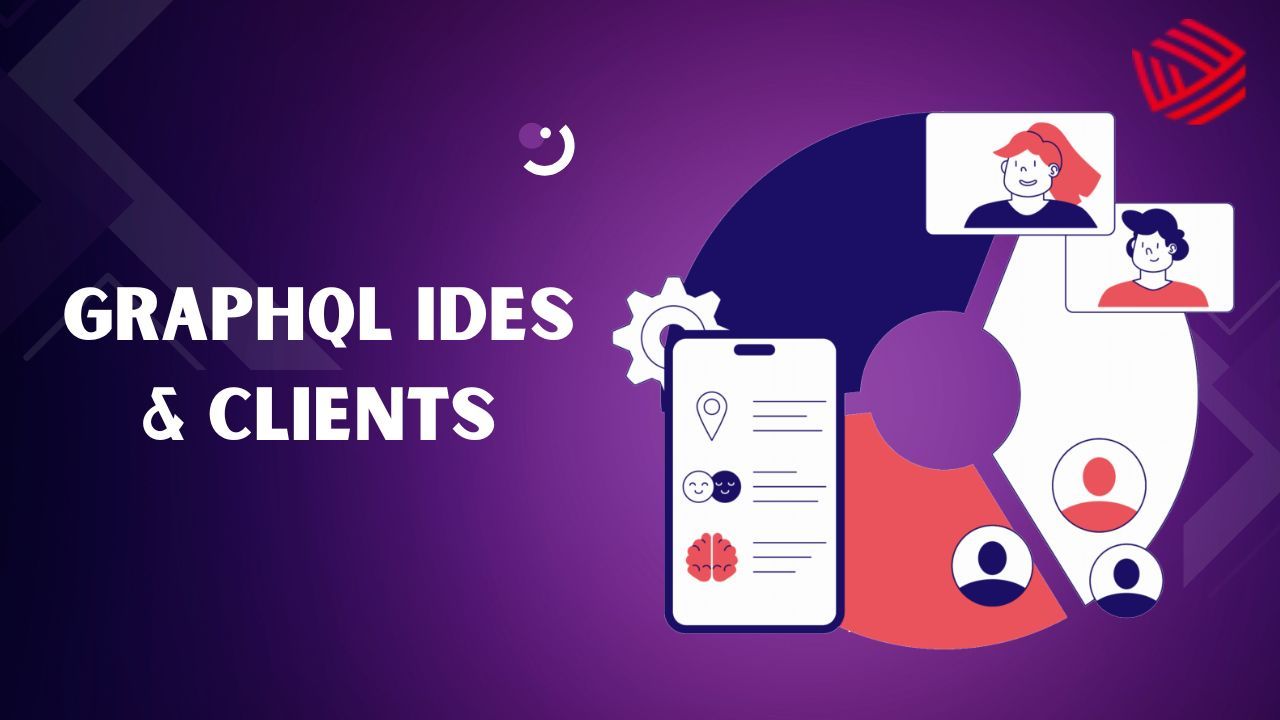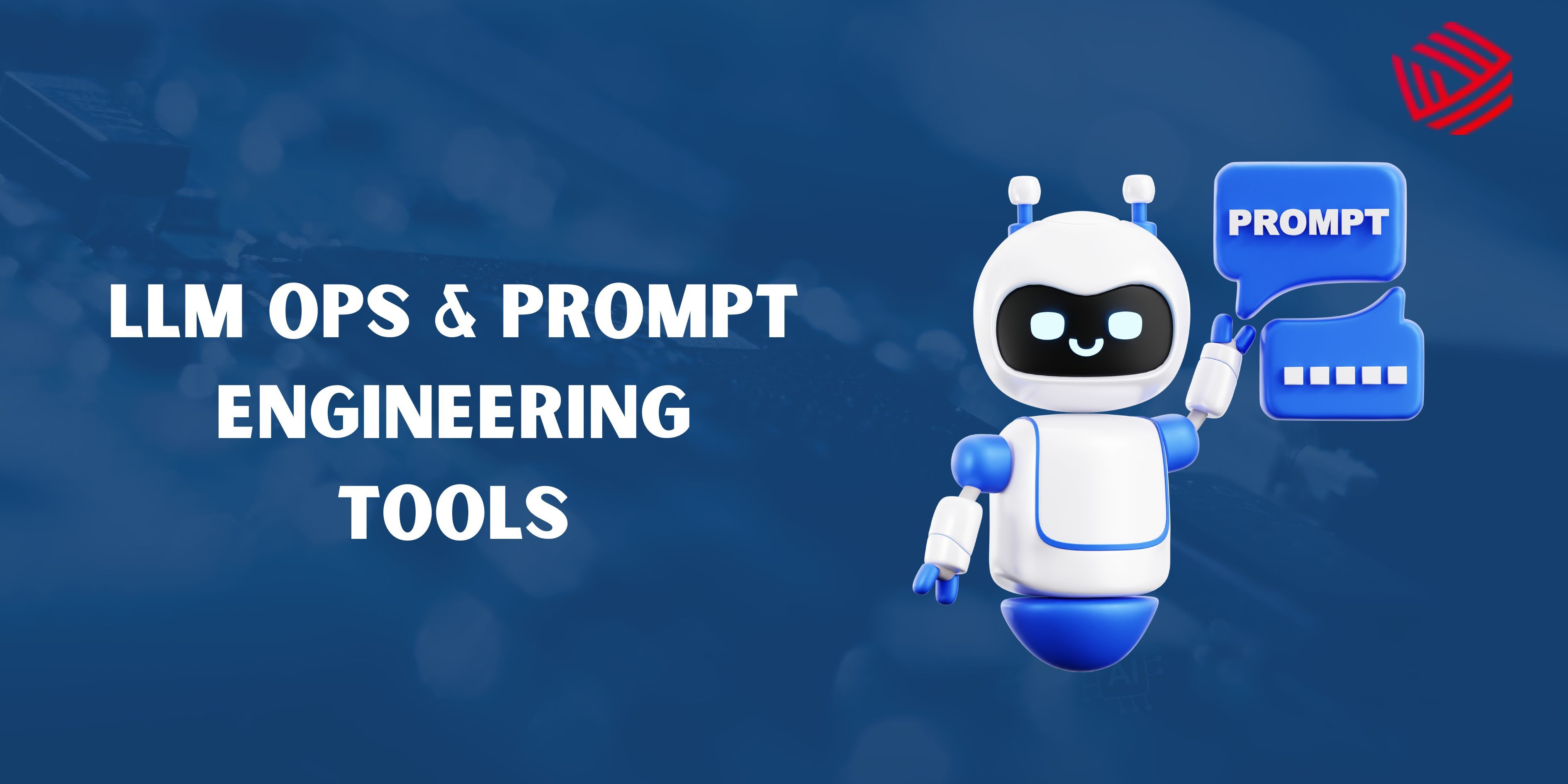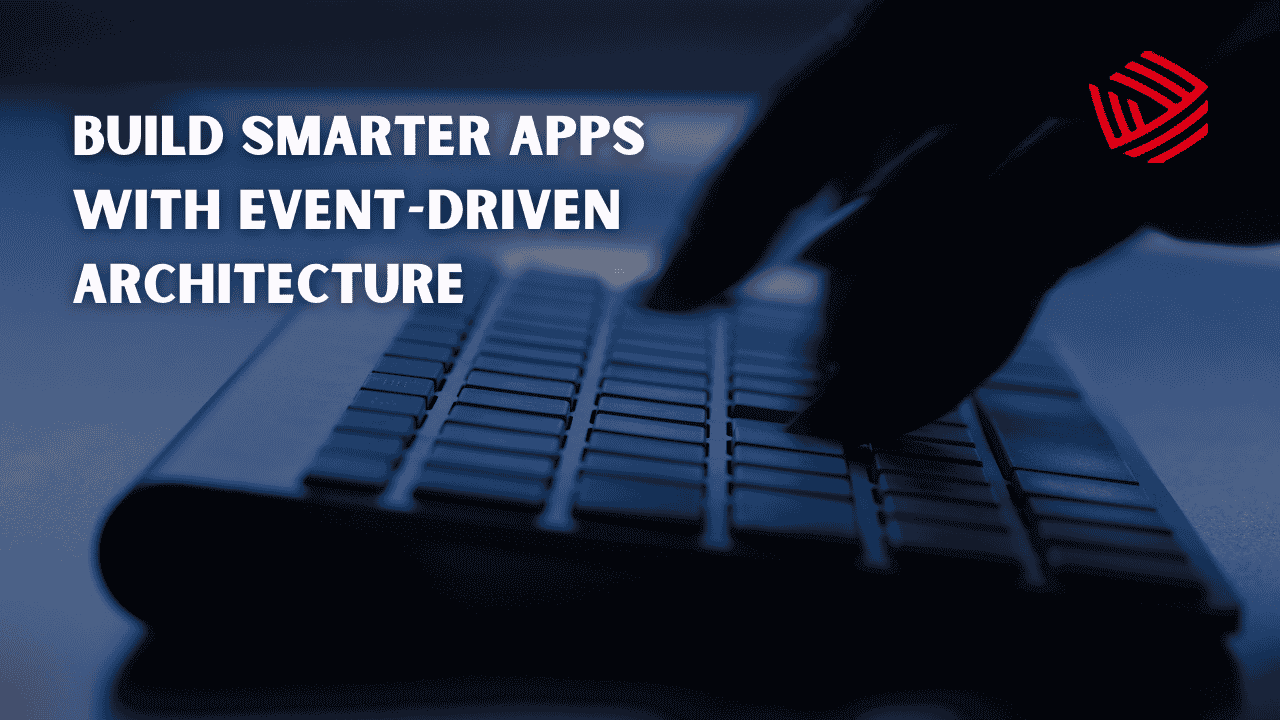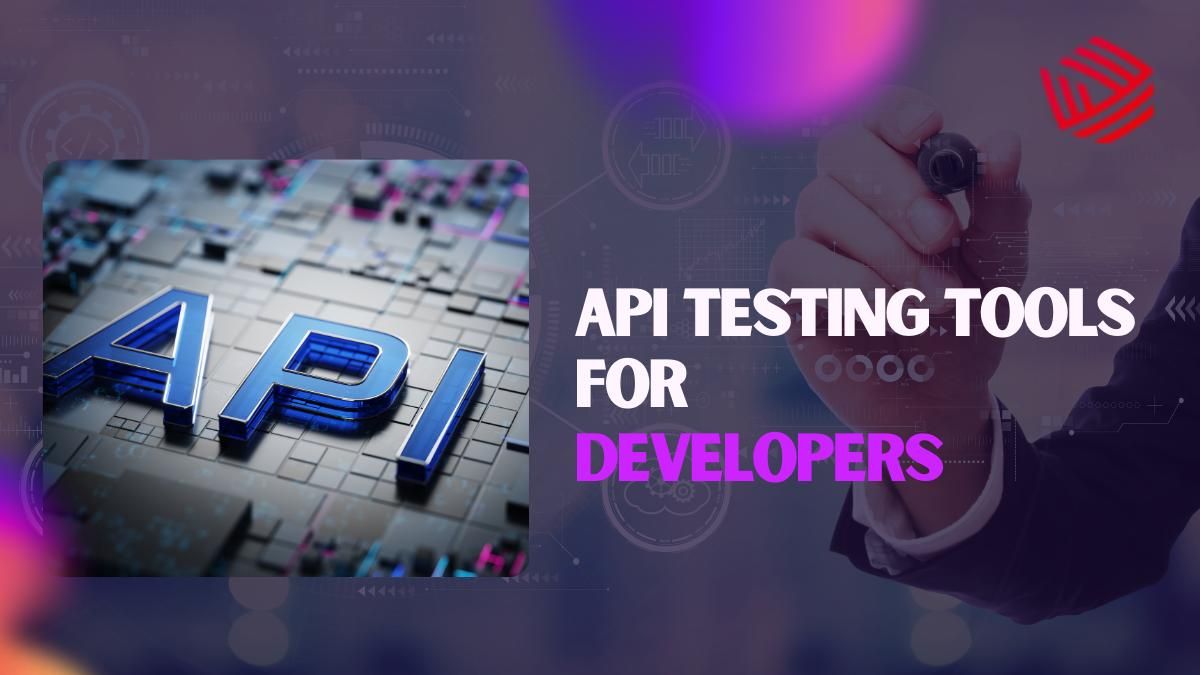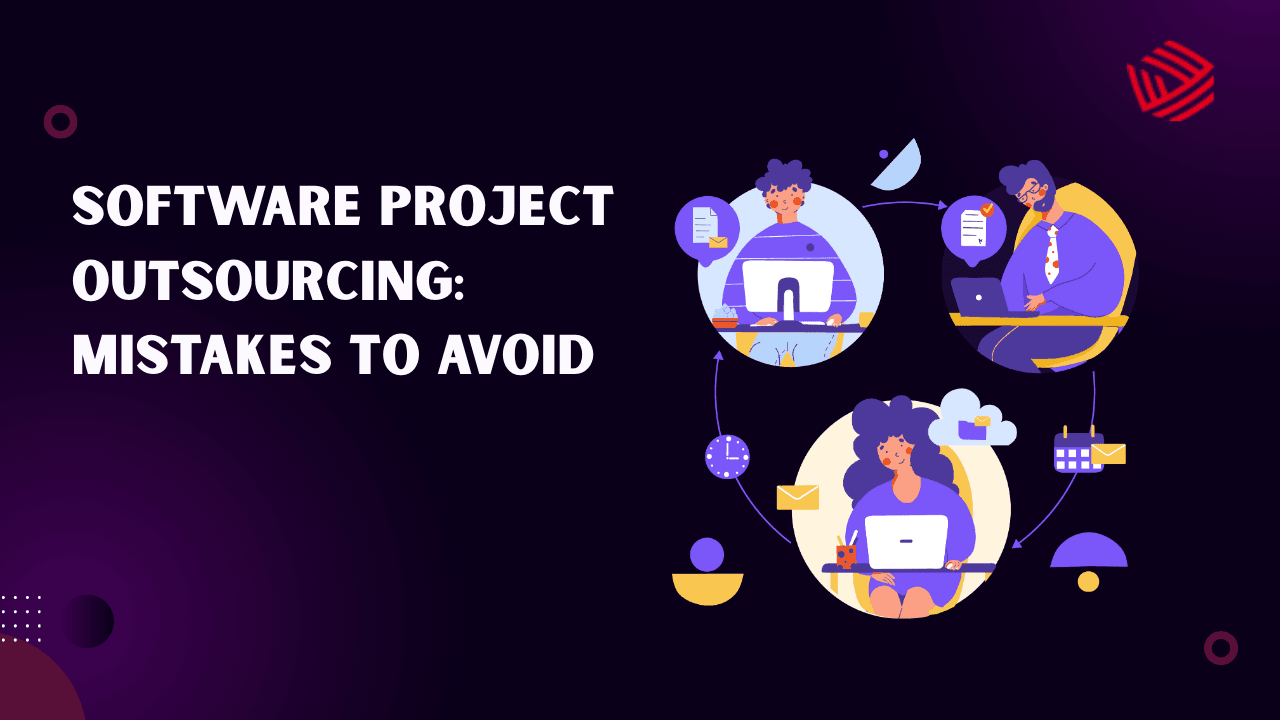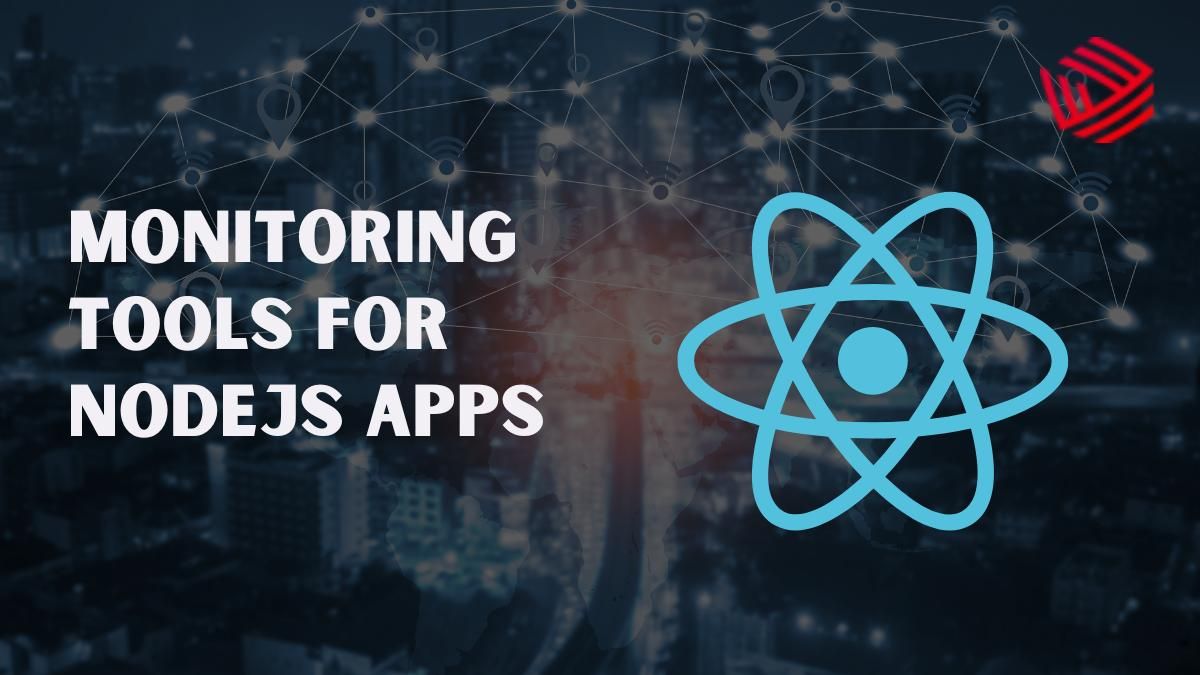System design has always been the backbone of digital innovation, dictating how software scales, interacts, and evolves. But the pace of digital change today is unlike any previous era. Monolithic systems can no longer keep up with the demands of always-on services, real-time data, and hyper-personalized user expectations.
Artificial Intelligence (AI) is emerging as the missing layer in modern system design. Instead of static rules, AI enables adaptive, learning-driven architectures that anticipate demand, detect anomalies, and evolve continuously. Companies investing in AI development services are discovering that intelligent design is no longer an experimental add-on—it’s the foundation of staying competitive in a digital-first economy.
Evolution of System Design
The history of system design mirrors the growth of the internet itself. In the early years, monolithic and client-server models dominated. These systems were rigid—every feature was packaged together, making scaling complex and costly. For example, an e-commerce platform built on a monolith had to scale the entire application just to handle traffic spikes on the checkout page.
The introduction of distributed systems and cloud-native architectures marked a turning point. Microservices allowed modularity, while cloud services brought elasticity. Businesses could finally deploy features independently and pay only for what they used.
Yet, traditional design principles still struggled with unpredictability. Cloud-native systems provided flexibility, but they relied on human-defined thresholds. As demand became more volatile and security risks more sophisticated, the industry realized it needed systems that could not only react but also predict and self-adjust. This realization is fueling the rise of AI-driven architectures and is often the driver behind organizations investing in custom software development projects tailored for AI integration.
What is AI-Driven System Design?
AI-driven system design is a paradigm shift. Instead of treating AI as a tool, it positions AI as a core principle of architecture.
In this approach, systems:
- Adapt dynamically – resources scale automatically not just when thresholds are crossed but when predictive models foresee spikes.
- Automate intelligently – testing, monitoring, and even security responses are handled by machine learning models instead of static scripts.
- Self-optimize – the system continuously learns from patterns, improving latency, cost allocation, and uptime without manual intervention.
This transformation is reshaping DevOps and cloud services, where the role of engineers shifts from constant monitoring to strategic oversight, while AI handles the operational complexities.
Core Components of AI-Driven Architectures
AI-driven systems rest on four key pillars, each of which goes deeper than buzzwords:
Data-first architecture: AI thrives on data, but poor data pipelines cripple its potential. A data-first architecture ensures that information flows seamlessly across sources, is cleaned automatically, and is stored in formats that enable instant AI-driven insights.
AI-powered monitoring and observability: Traditional monitoring tools trigger alerts after failures occur. With AI, monitoring becomes predictive. For instance, an AI model can flag a memory leak days before it crashes production, saving businesses millions in downtime.
Adaptive infrastructure that evolves with usage: Cloud systems are elastic, but AI-driven infrastructure goes further—it forecasts usage trends, pre-provisions resources, and automatically optimizes workloads across hybrid environments. This reduces both latency and unnecessary costs.
AI in cybersecurity and threat prevention: Cybersecurity is no longer about building firewalls; it’s about anticipating threats. AI-driven systems analyze billions of data points in real time, spotting anomalies that human analysts would miss. Many enterprises rely on a dedicated development team to integrate AI-driven security frameworks into existing infrastructure.
Benefits of AI-Integrated System Design
The biggest advantage of AI-driven system design is predictive optimization. Instead of reacting after problems occur, systems anticipate and resolve them before users are impacted. This not only improves uptime but also enhances user experience.
AI also drives cost reduction. Predictive scaling ensures companies don’t overspend on idle infrastructure. Intelligent automation cuts down the number of manual interventions, reducing both operational expenses and human error.
Finally, resilience becomes a built-in feature. Systems designed with AI can identify, isolate, and recover from failures without requiring human engineers to step in. For organizations scaling rapidly, combining this resilience with IT staff augmentation services provides the expertise to fine-tune systems while AI manages daily operations.
Challenges and Considerations
Despite its promise, AI-driven design faces practical hurdles:
Integration with legacy systems: Many enterprises still rely on decades-old infrastructure. Introducing AI means not only updating technology but also retraining teams—a process that requires careful planning and expert software development services.
Ensuring ethical and explainable AI: AI models can sometimes make opaque decisions. In regulated industries like finance or healthcare, it’s critical to ensure explainability. A system that predicts credit defaults must justify its reasoning to remain compliant.
Balancing automation with human oversight: While AI reduces manual workload, over-automation can be risky. Human engineers are still essential for setting boundaries, validating outputs, and handling edge cases AI cannot predict. The best system designs blend automation with governance frameworks.
Real-World Applications
AI-driven system design isn’t theoretical—it’s already embedded in modern business:
- Cloud providers like AWS and Azure use AI for intelligent scaling, predicting demand, and optimizing server loads.
- DevOps pipelines increasingly embed AI models that automate code testing, deployment approvals, and rollback decisions, accelerating release cycles.
- End-user applications now personalize experiences dynamically. Streaming platforms, for example, use AI-driven system design to recommend content in real time, adjusting recommendations as user behavior shifts.
Many organizations experimenting with these applications rely on on-demand team augmentation to access specialized AI expertise without long-term hiring commitments.
Best Practices for Future-Ready AI Architectures
To implement AI-driven system design effectively, enterprises should:
- Start modular and scale gradually – Introduce AI into non-critical systems before expanding across the enterprise.
- Strengthen your data pipelines – Poor-quality data leads to poor-quality predictions. Data engineering is as important as model building.
- Use hybrid models to transition legacy systems – A mix of traditional and AI-driven components allows smoother adoption without halting ongoing operations.
- Maintain transparency in AI-driven decision-making – Ensure governance and compliance through explainability features.
Organizations often collaborate with full-stack development teams to implement these practices cohesively, ensuring business and technical alignment.
Future of System Design with AI
The horizon of system design points to autonomous operations—architectures that require minimal human input and adapt seamlessly to change. Think of them as the “self-driving cars” of IT systems: self-healing, self-scaling, and self-defending.
Future-ready businesses will rely on continuous adaptability, where infrastructures evolve not in years but in days or even hours, driven by real-time AI insights. This shift doesn’t just reduce costs or increase efficiency; it enables new possibilities—applications that anticipate user needs before they’re even expressed.
Conclusion
AI-driven system design is not a passing trend—it’s the next stage of architectural evolution. Businesses that fail to adapt will struggle with scalability, resilience, and user experience in an increasingly competitive market.
Forward-looking leaders are already partnering with providers of generative AI development and custom software engineering to embed intelligence at the heart of their systems. The result? Architectures that aren’t just built for today but continuously reinvent themselves for the future.

